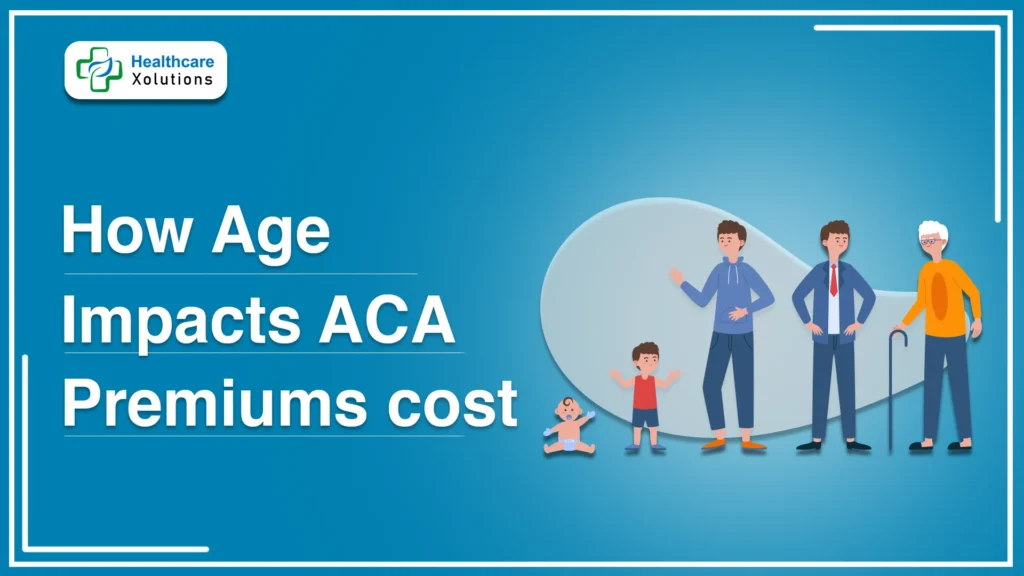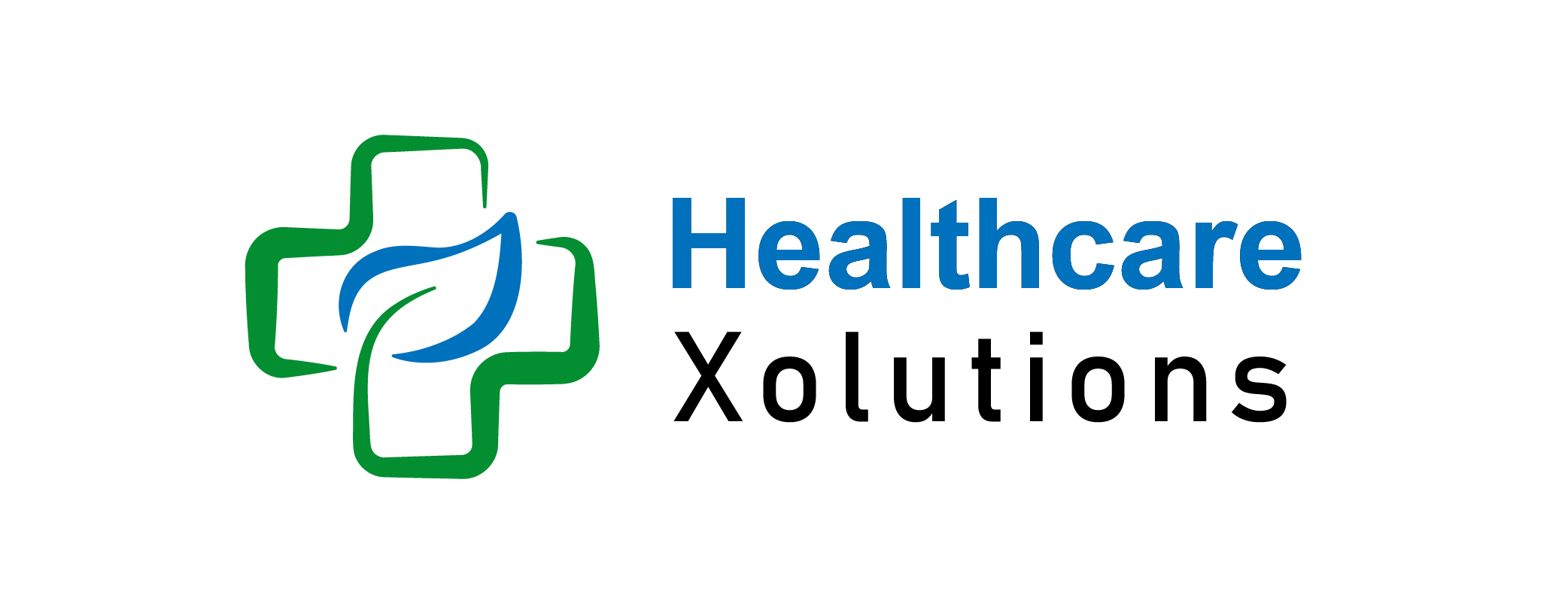How Your Age Affects ACA Health Insurance Premiums

The Affordable Care Act (ACA), often referred to as “Obamacare,” has transformed the health insurance landscape in the United States by making coverage accessible to millions of Americans. One of the significant factors that influence how much an individual will pay for an ACA health insurance plan is their age. As a person gets older, their health risks generally increase, leading to higher premiums.
In this article, we will explore the connection age Affects ACA premiums costs, the age-rating rules under the ACA, and how older individuals can manage their healthcare expenses.
Key Takeaways:
- Age-Rating Limits: Under the ACA, older adults (age 60-64) can only be charged up to three times the amount of a 21-year-old for the same plan.
- Higher Healthcare Utilization: Older adults tend to use more healthcare services, which drives up premium costs for this age group.
- Subsidies for Older Adults: Premium subsidies are often larger for older individuals to help offset their higher healthcare costs.
- Protections for Pre-Existing Conditions: The ACA prohibits insurers from charging more or denying coverage due to pre-existing conditions, which benefits older adults.
- Annual Premium Increases: Premiums increase as individuals age, but financial planning and subsidies can help older adults manage these costs.
By understanding how age affects ACA premiums and exploring available options, older adults can ensure they are well-prepared for their healthcare needs and costs as they approach retirement.
Table Of Contents:
How Age Affects ACA Premiums Cost:
1. Understanding Age Rating in ACA Premiums:
Under the ACA, health insurance providers are allowed to charge older individuals higher premiums compared to younger ones, but there are strict limits on how much older enrollees can be charged. This is known as the age-rating ratio. The ACA mandates that health insurance companies cannot charge older adults (those in their 60s) more than three times the amount charged to a 21-year-old for the same plan. This is referred to as a 3:1 age-rating ratio.
For example, if a 21-year-old pays $300 per month for an ACA plan, the insurer can charge a 64-year-old no more than $900 per month for the same plan. This rule is intended to limit the financial burden on older individuals, ensuring that premiums don’t become prohibitively expensive as they age, while still reflecting the higher healthcare costs typically associated with older age.
Why Age Affects Premiums:
- Older individuals tend to use more healthcare services.
- Chronic conditions and age-related health issues become more prevalent with age.
- Higher healthcare utilization drives up the cost of coverage for older individuals.
2. Age And Healthcare Usage Patterns:
As individuals age, their likelihood of using healthcare services increases. According to data from the Centers for Disease Control and Prevention (CDC), older adults are more likely to suffer from chronic conditions like heart disease, diabetes, and arthritis, which require ongoing medical treatment and medication. Additionally, the need for preventive care, surgeries, and hospitalizations also tends to rise as individuals enter their later years.
Because ACA premiums are community-rated—meaning they are based on the average healthcare costs of everyone in the insurance pool—older adults, who typically require more healthcare services, drive up the overall cost. As a result, insurers charge higher premiums to older enrollees to offset these anticipated expenses.
Key Points On Healthcare Usage:
- Older adults are more likely to need prescription medications and chronic disease management.
- Higher rates of hospitalizations, surgeries, and medical visits lead to increased insurance costs.
- Preventive care and age-related treatments add to the healthcare burden as individuals age.
3. Premium Subsidies And Age-Related Costs:
While older individuals pay higher premiums under the ACA, many qualify for premium subsidies, which are tax credits that help lower the cost of health insurance for those with lower to moderate incomes. These subsidies are available to individuals and families earning between 100% and 400% of the federal poverty level (FPL), and they adjust based on the cost of the insurance plan.
Because older individuals face higher premiums, their subsidies are typically larger than those for younger enrollees. The subsidy amount is calculated to ensure that individuals spend no more than a certain percentage of their income on health insurance premiums. For example, a 60-year-old earning $40,000 per year will receive a larger subsidy than a 30-year-old with the same income because their premium costs are higher.
Impact Of Subsidies On Premiums:
- Premium subsidies help offset the higher costs older individuals face.
- The larger the premium, the larger the subsidy for qualifying individuals.
- Subsidies make coverage affordable for older adults, even if the base premium is higher.
4. Special Considerations For Older Adults:
For older adults nearing retirement age but not yet eligible for Medicare (which starts at age 65), managing age affects ACA premiums costs becomes especially important. Many in this age group are looking for affordable health insurance to bridge the gap between their employment coverage and Medicare eligibility. Fortunately, the ACA offers protections for older individuals that help make coverage more accessible.
In addition to the 3:1 age-rating ratio, insurers cannot deny coverage or charge higher premiums based on pre-existing conditions, which are more common in older adults. This provision ensures that older enrollees with chronic health issues can still find comprehensive health insurance without facing exorbitant costs.
However, older adults need to shop around during the open enrollment period to find the most cost-effective plans. Many plans offer different levels of coverage (bronze, silver, gold, and platinum) that balance premium costs with out-of-pocket expenses like deductibles and co-pays.
Special Protections:
- No denial of coverage or higher premiums due to pre-existing conditions.
- A 3:1 age-rating ratio limits premium increases for older adults.
- Plan options allow individuals to choose the best balance between premium and out-of-pocket costs.
5. Age-Related Changes In Premiums Over Time:
As individuals age, their premiums will increase year by year, following the ACA’s 3:1 age-rating rule. While a 25-year-old might see modest annual premium increases, a 60-year-old can expect more significant jumps in cost each year. Older adults need to plan for these increases, especially those approaching retirement who may be transitioning to fixed incomes.
For individuals and families seeking to manage their long-term healthcare costs, keeping track of these changes and exploring premium subsidies, cost-sharing reductions, and other available options is crucial. The ACA provides financial protections for older adults, but proactive planning is necessary to ensure health insurance remains affordable as premiums rise with age.
Key Points:
- Premiums increase annually as individuals age, following the 3:1 rule.
- Older adults should be prepared for higher premium costs over time.
- Planning and exploring subsidy options can help mitigate the financial impact.
Conclusion – Age Affects ACA Premiums:
Age plays a significant role in determining ACA premium costs, with older individuals generally paying more than younger enrollees due to their higher healthcare needs. However, the ACA’s age-rating rules, subsidies, and protections for pre-existing conditions ensure that health insurance remains accessible and affordable for older adults. By understanding how age impacts premium costs and taking advantage of financial assistance programs, older individuals can find the coverage they need without facing undue financial strain.
